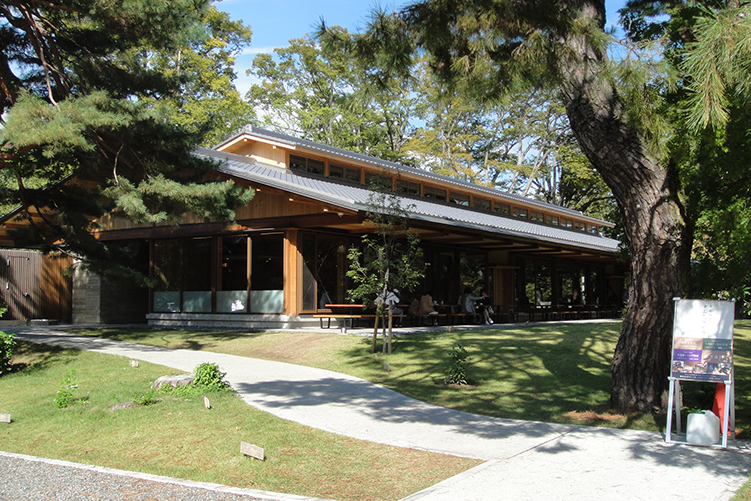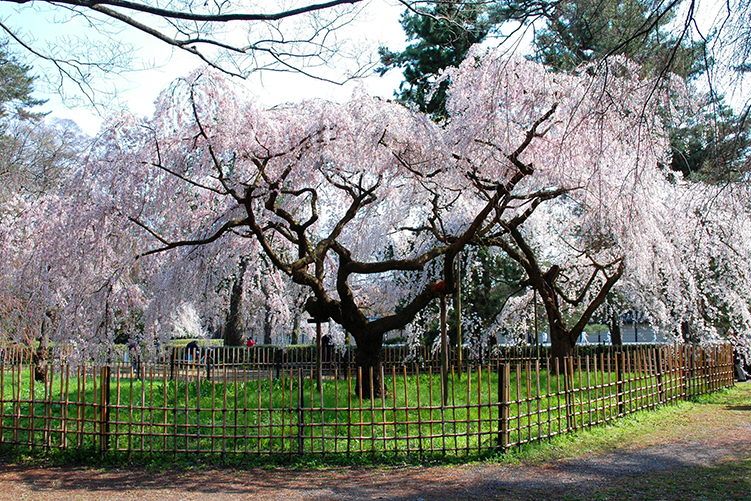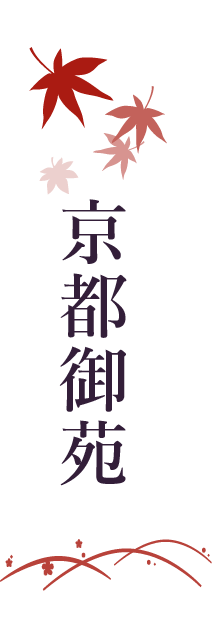The essence of Japan: A place steeped in history and abound with the beauty of the four seasons
Kyoto was the capital of Japan spanning many centuries. Kyoto Imperial Palace was the emperor’s residence and the place where political affairs were conducted for more than 1,000 years from the Heian period (794–1185) to the Meiji era (1868–1912). By the final years of the Edo period (1603–1867), there was a court nobles’ residential area around the palace. However, when the Meiji Restoration occurred in the mid-nineteenth century, the capital was shifted from Kyoto to Tokyo (Edo), and the emperor and court nobles also moved to the new capital.
Consequently, the Imperial Palace and the nobles’ residential area were abandoned and fell into disrepair. At the wish of Emperor Meiji (1852–1912), the Kyoto Gyoen Garden—Preservation Project was launched to preserve and beautify the area. Buildings in the nobles’ residential zone were removed and trees were planted, converting the area into a park, and the area was reborn as Kyoto Gyoen National Garden. Even though the imperial court was moved to Tokyo, the enthronement ceremonies for the succeeding Emperor Taisho (1879–1926) and Emperor Showa (1901–1989) were held at the Imperial Palace and Kyoto Gyoen in Kyoto.
After World War II, Kyoto Gyoen was opened to the public. To make the park more accessible for visitors, rest areas, the Children’s Park, and sports facilities were newly created on the premises. Today, this vast expanse of greenery spanning about 100 hectares, encompassing Kyoto Imperial Palace, Kyoto Omiya Palace and Kyoto Sento Imperial Palace, and the Kyoto State Guest House, is a popular place of relaxation for tourists from Japan and all over the world as well as local residents. Nine gates and five entrances/exits are located around the circumference of park, and all of them are available for use by the public.






